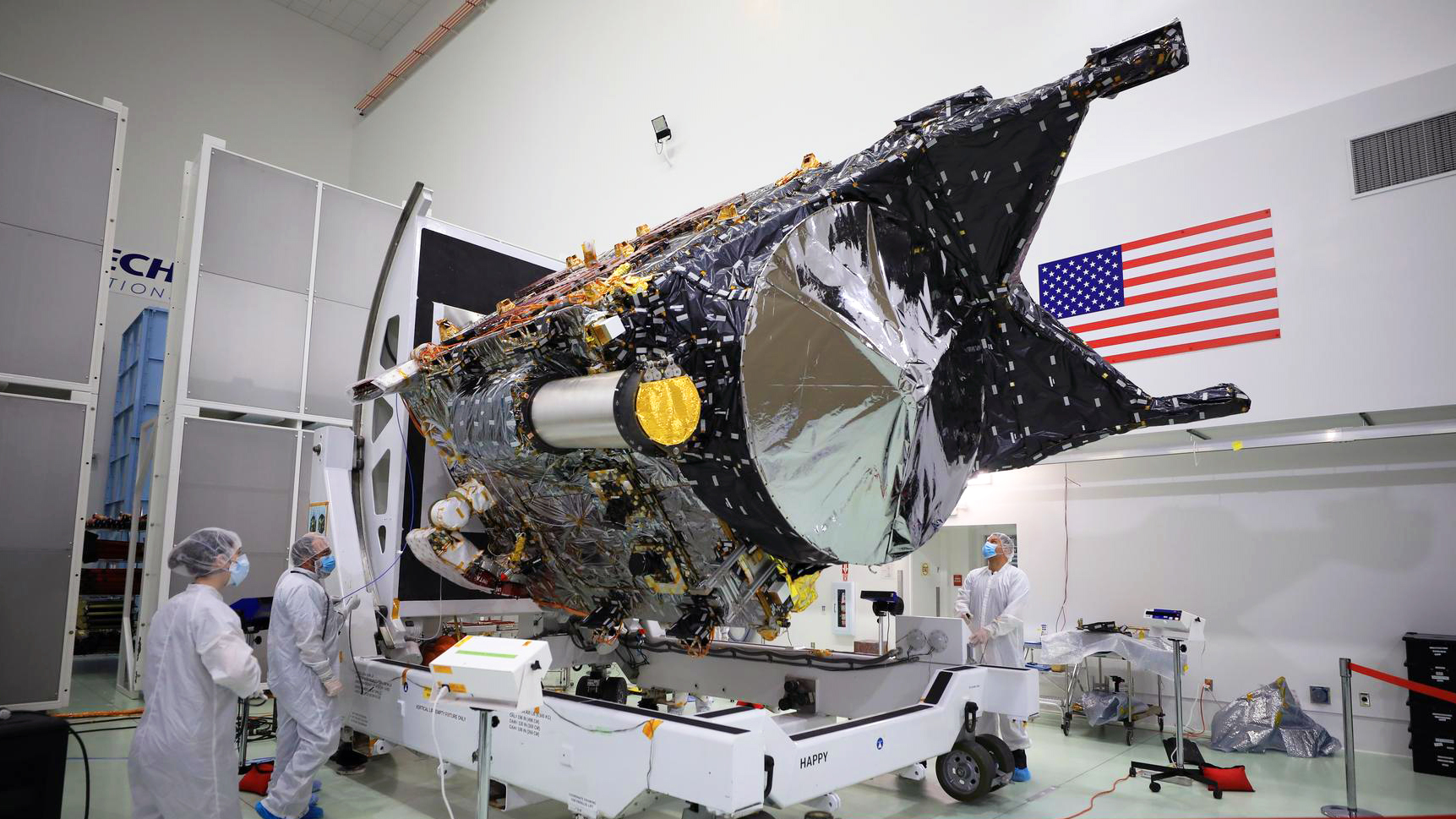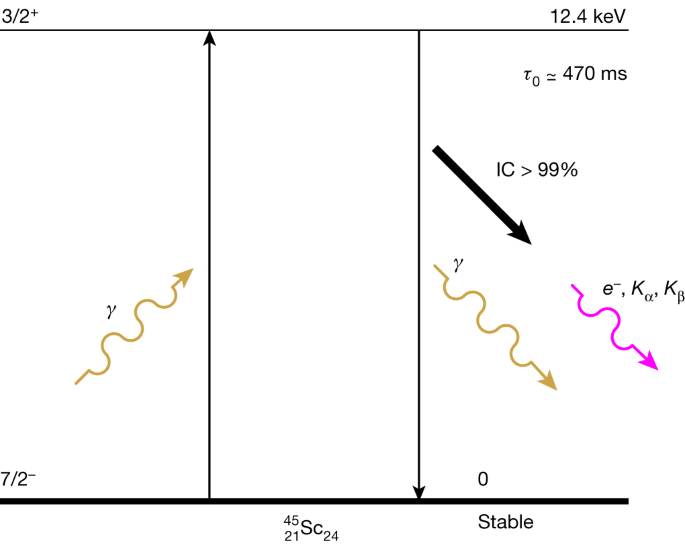2023-11-16 アリゾナ大学
◆このブースターはWE0913Aとして7年前に発見され、最新の研究で正体が判明。Chang’e 5-T1のブースターであることが確定され、月面到達の際に異例の2つのクレーターを形成しました。この発見は月面に残る未知の高度技術の証拠を提供し、月面到達物の新たな理解をもたらしました。
<関連情報>
- https://news.arizona.edu/story/tracking-errant-space-rocket-mysterious-crater-moon
- https://iopscience.iop.org/article/10.3847/PSJ/acffb8
月インパクターWE0913Aの物理的特性評価 Physical Characterization of Moon Impactor WE0913A
Tanner Campbell, Adam Battle, Bill Gray, Steven R. Chesley, Davide Farnocchia, Neil Pearson, Grace Halferty, Vishnu Reddy and Roberto Furfaro
Planetary Science Journal Published 2023 November 16
DOI:10.3847/PSJ/acffb8

Abstract
On 2022 March 4, the object known as WE0913A crashed into the Moon after several close flybys of the Earth and the Moon in the previous three months. Leading up to impact, the identity of the lunar impactor was up for debate, with two possibilities: the Falcon 9 from the DSCOVR mission or the Long March 3C from the Chang’e 5-T1 mission. In this paper, we present a trajectory and spectroscopic analysis using ground-based telescope observations to show conclusively that WE0913A is the Long March 3C rocket body (R/B) from the Chang’e 5-T1 mission. Analysis of photometric light curves collected before impact give a spin period of 185.221 ± 6.540 s before the first close Earth flyby on 2022 January 20 and a period of 177.754 ± 0.779 s, both at a 1σ confidence level, before the second close Earth flyby on 2022 February 8. Using Markov Chain Monte Carlo sampling and a predictive light curve simulation based on an anisotropic Phong reflection model, we estimate both physical and dynamical properties of the Chang’e 5-T1 R/B at the start of an observation epoch. The results from the Bayesian analysis imply that there may have been additional mass on the front of the rocket body. Using our predicted impact location, the Lunar Reconnaissance Orbiter was able to image the crater site approximately 7.5 km from the prediction. Comparing the pre- and post-impact images of the location shows two distinct craters that were made, supporting the hypothesis that there was additional mass on the rocket body.



